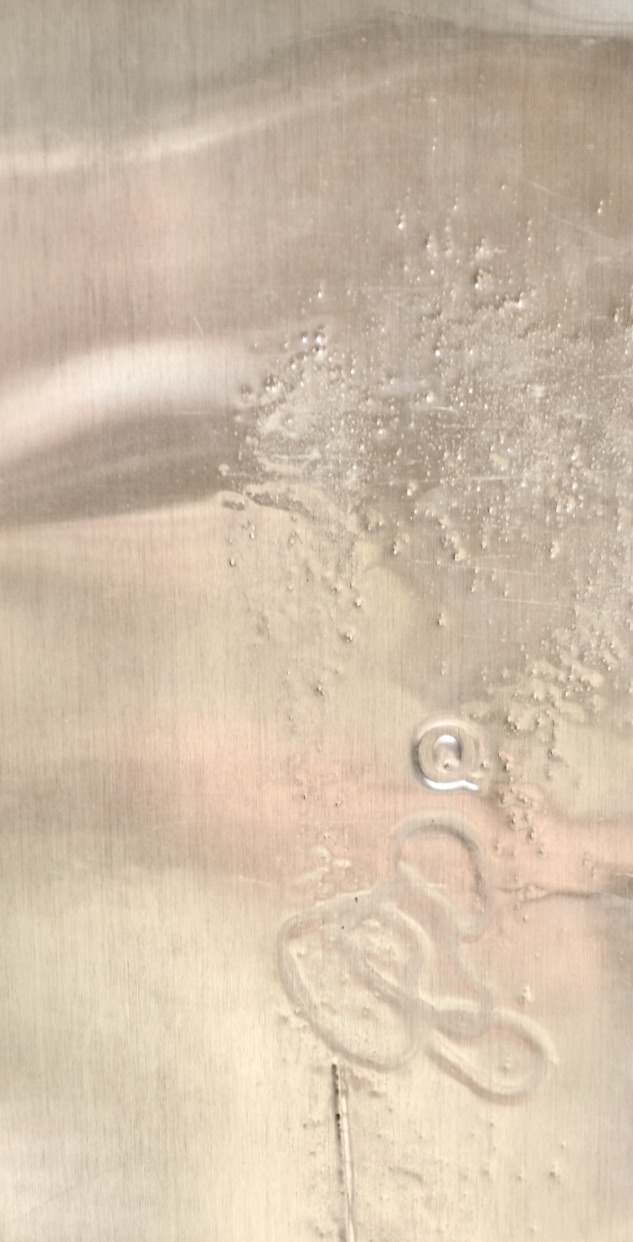Haptic Poetry
Nearby the prisoner-of-war camps.
I repeated her postures.
Her posture.
I repeated her posture.
Always repeating and disappearing.
My Ghost.
Blink, and the frog jumped.
I will stay. You will go.
Grandmother Pine whispered.
Photo: Artist and archaeologist Suvi Tuominen at the remains of the WW2 PoW camp
site of Kankiniemi in Inari, Finland. Photographed by Marko Marila.
Beads by Renata del Riego
As a young man in Cleves, Germany, the artist Joseph Beuys spent considerable time in the countryside; working and exploring the rugged terrain. From this early experience, “(h)e could tell, as he says, ‘sandy loam’ from ‘loamy sand’”1. Interestingly, this is the same kind of tactile distinction articulated by Steve J. Thien in his seminal article “A flow diagram for teaching texture-by-feel analysis,”2 which is still used by archaeologists to classify and record the texture of the soil matrix of their excavations. Perhaps at some point Beuys was exposed to these archaeologically useful terms?
Archaeology, like art, is a multi-sensory endeavor. Archaeologists are acutely tied to their environment through rough, hearing, taste: for an archaeologist, the soil is a sensed as well as sentient entity. In order to approach this richness of sensory experience, we created a series of haptic poems to try to convey meaning, narrative, humor, and other qualities through the sense of touch. —J.B.
1Russell, John. “The Shaman Aras Artist.” The New York Times. October 28, 1979, Section SM. Page 10.
2Thien, Steve J. “A flow diagram for teaching texture-by-feel analysis”
Archaeology, like art, is a multi-sensory endeavor. Archaeologists are acutely tied to their environment through rough, hearing, taste: for an archaeologist, the soil is a sensed as well as sentient entity. In order to approach this richness of sensory experience, we created a series of haptic poems to try to convey meaning, narrative, humor, and other qualities through the sense of touch. —J.B.
1Russell, John. “The Shaman Aras Artist.” The New York Times. October 28, 1979, Section SM. Page 10.
2Thien, Steve J. “A flow diagram for teaching texture-by-feel analysis”


Mira Baum

